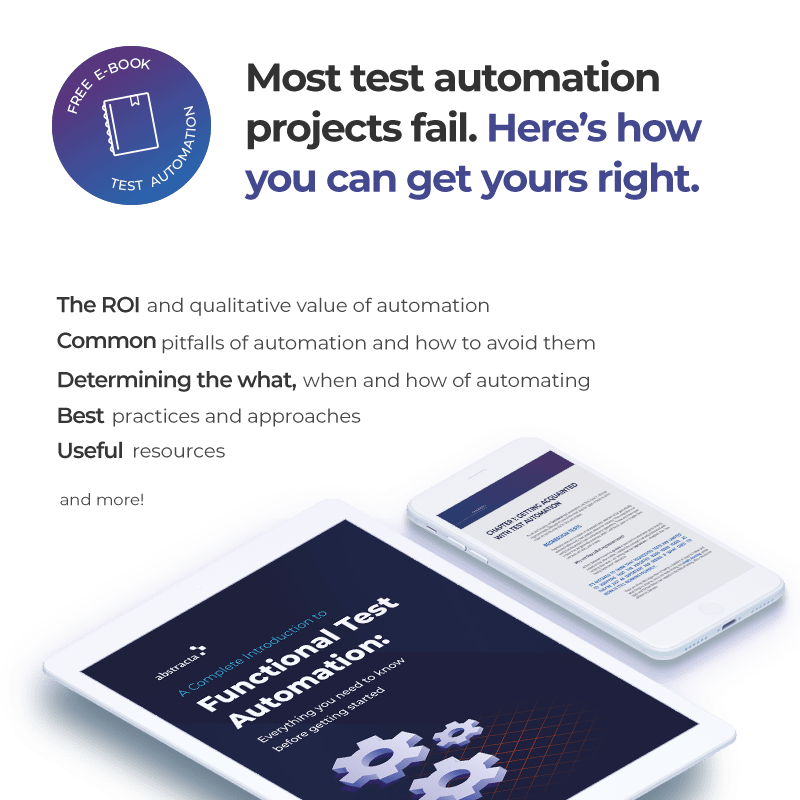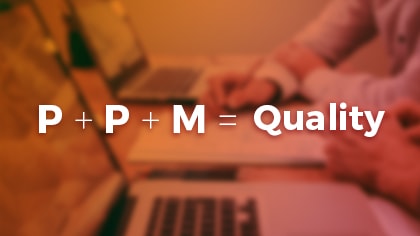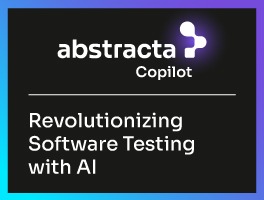Everything you need to know before getting started with functional test automation


Introduction to Functional Test Automation
It is often said that “Automating chaos just gives faster chaos,” and not only faster, but also (paraphrasing a Daft Punk song) harder, faster, stronger… chaos. Yet, seemingly everyone is moving into an agile, DevOps or continuous delivery/continuous integration environment. Automating tests is increasingly necessary to be successful in said environments. This ebook focuses on the automation of functional tests in general, showcasing the benefits it brings in the most objective way possible. It goes without saying that if you automate without sound judgment, you will not reap any benefits from it. What you are about to read is not a user manual for a tool. Neither is this ebook intended to convince anyone that automation is like a magic wand that will make all of our tests better. As our friend, Jim Hazen says, “It’s automation, not auto-magic!” The goal of this ebook is to provide you with a thorough introduction to functional test automation so that you can determine if it’s right for you and if so, how to go about it in the best possible way.
Fill out this form to receive the ebook:
Tags In


Abstracta Team
Related Posts
Processes, Procedures and Methodologies (PPM) = Quality
Guest post by Felipe Silva Difilippo, Former QA Leader at Verifone What does experience tell us? Even today there are companies that still remain resistant to use Processes, Procedures and Methodologies (PPM) to perform their jobs. It seems crazy, but it is true, and it’s…
Managed Testing Services and Solutions
In the evolving landscape of software, having responsive and real-time testing services becomes invaluable. That’s why at Abstracta we provide proven solutions that adapt to your project’s unique needs. We focus on optimizing quality without delay. Dive in, and let’s explore this together! In our…








